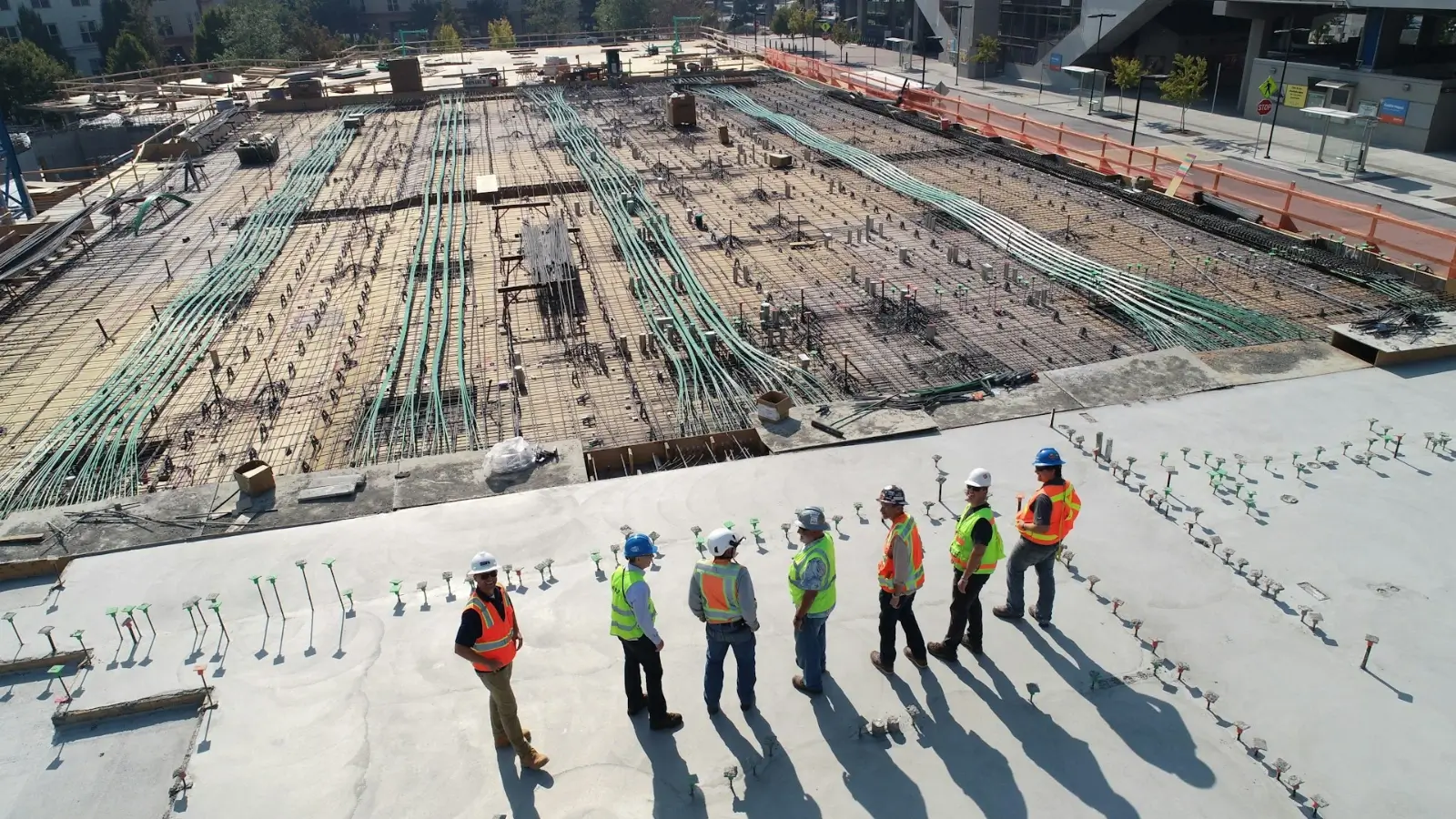Replacing a roof is a big project for any homeowner, and one of the first questions people ask is how long it will take. We will explore the typical roof replacement timeline, breaking it down by phase to help you better prepare for what lies ahead. While the total timeframe depends on factors like home size, roofing material, and weather, most residential roof replacements take one to three days once the actual work begins. That said, a lot happens before and after the hammering starts. The process involves careful planning, material delivery, weather watching, and multiple crew members working in sync, from the initial inspection to the final cleanup. Knowing how long each step takes—and what might affect the schedule—can help homeowners stay informed and reduce surprises. Whether your roof is being replaced due to age or damage, understanding the entire timeline will help you feel more in control of the process.
Knowing What to Expect From Start to Finish
The Preparation Phase: Planning, Permits, and Scheduling
Before removing the first shingle, several steps must be completed to set the project in motion. The preparation phase includes the initial inspection by a roofing contractor, during which the scope of the work is determined. This can involve checking for storm damage, assessing the age of the existing roof, or identifying structural concerns that may affect how long the job will take. Once the inspection is complete and a quote is accepted, the next step is securing permits from local building authorities. Depending on where you live, getting permits can take a few days or even a week. During this time, the roofing team orders materials and schedules your home for installation based on crew availability and weather forecasts. This planning phase usually takes one to two weeks but can stretch longer in busy seasons. Homeowners should take this opportunity to ask questions, review warranty options, and ensure their timeline aligns with their availability.
Tear-Off and Repairs: The Start of Physical Work
Once the crew arrives, the first task is tearing off the existing roof, which involves removing shingles, underlayment, nails, and any damaged flashing or vents. This process can often be completed in a single day for an average-sized home with a single layer of shingles. However, if your home has multiple layers or areas of water damage that require repair to the decking, it can take longer. This stage also reveals hidden problems—like rot or structural issues—that weren’t obvious during the initial inspection. If new sheathing is needed or the roofline has to be reinforced, that could add another day to the project. Weather also plays a key role. If rain is in the forecast, crews may pause after tear-off and cover the roof temporarily with tarps. Homeowners should be prepared for some noise and debris during this phase, as it’s the most physically intense part of the job. Clean-up begins here, with old materials being collected and disposed of as the team works.
Installation and Final Details: Bringing the Roof Together
Once the deck is ready, the crew begins rebuilding the roof with new materials. This phase starts with installing ice and water barriers, underlayment, and flashing around roof penetrations. Next come the shingles or chosen roofing material. Each layer is installed with care to ensure proper alignment and water resistance. For asphalt shingles, installation typically takes one to two days, depending on the home’s size and roof complexity. Metal roofing or tile may require additional time due to the precision needed for cutting and placement. Crews work systematically from one end of the roof to another, ensuring that each section is fully secured before moving on. The final steps include ridge vents, sealing exposed nails, and painting any visible flashing. During this part of the job, contractors begin the finished work that gives the roof its completed look. Companies like Priority Roofing & Restoration are known for ensuring every detail is checked before the final inspection, helping avoid future issues. If your roofer takes time at this stage, it’s usually a sign they’re committed to doing it right.
Cleanup and Final Inspection: Wrapping Up the Project
The final day of the roof replacement is all about cleanup and checking every installation element. The crew goes over the job site, collecting debris, rolling magnets across the yard to find nails, and removing tarps and protective coverings. This phase may seem minor, but it’s essential for aesthetics and safety. Nails or leftover shingles can damage tires or injure pets or children if overlooked. Once cleanup is finished, the crew or project manager performs a final walk-through of the roof, checking shingle placement, flashing, venting, and sealant application. Some companies also photograph the completed work for warranty documentation or insurance reporting. If any issues are found, such as loose shingles or missed flashing details, they are corrected immediately. The homeowner is typically invited to review the finished job and ask any last-minute questions. This stage provides closure and reassurance that the project is truly complete.
A roof replacement might only take a few days of hands-on work, but the entire process is a multi-step journey that requires careful planning, clear communication, and timely execution. Understanding each stage—from inspection and scheduling to final inspection and cleanup—can help homeowners manage expectations and minimize disruptions. Even though weather or repairs may shift the timeline slightly, a good roofing crew keeps things moving and keeps the homeowner informed every step of the way. A quality roof replacement delivers more than new shingles; it provides renewed protection, peace of mind, and long-term value. Knowing how the timeline unfolds, you’ll be better prepared to work with your contractor, protect your property during the project, and feel confident that the job was done carefully. With preparation and clear expectations, the process becomes a smooth, manageable experience that pays off for years.
















